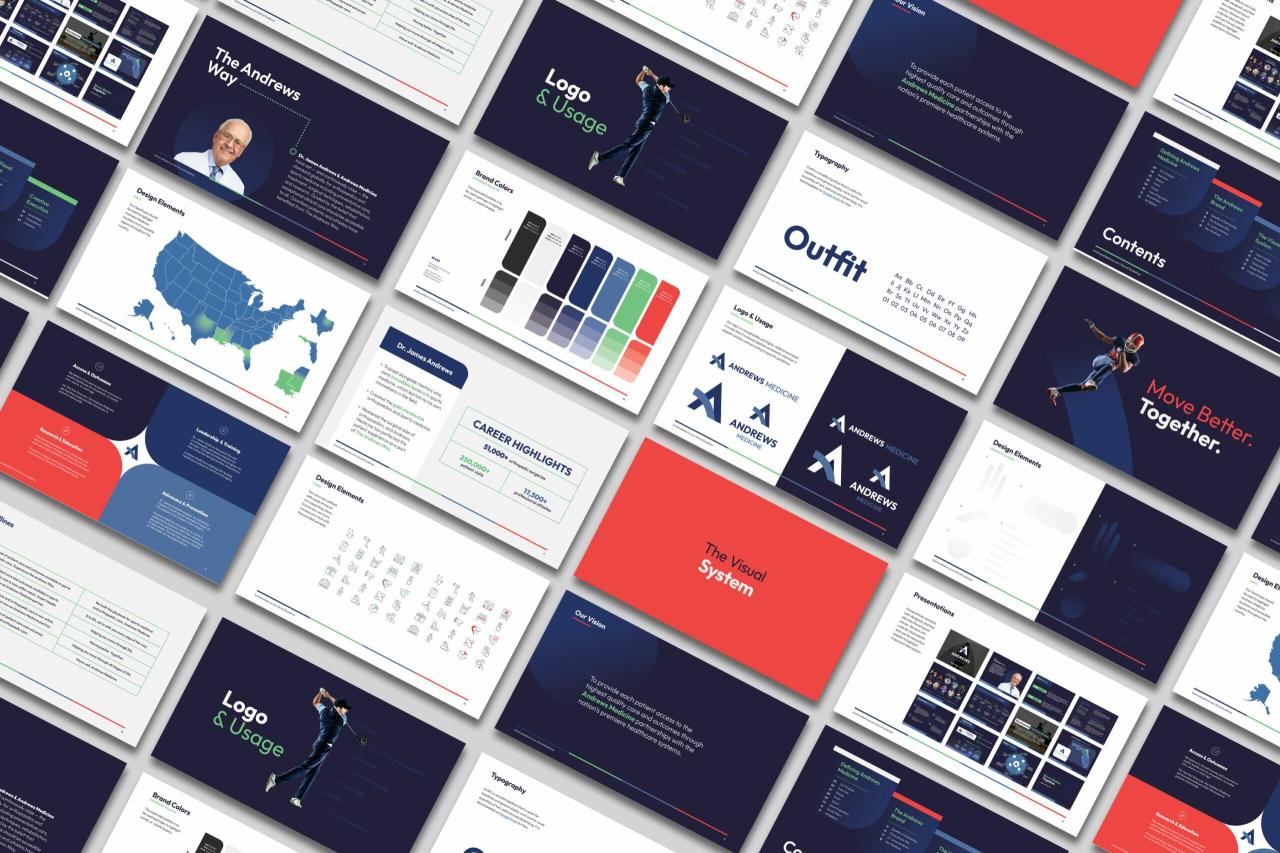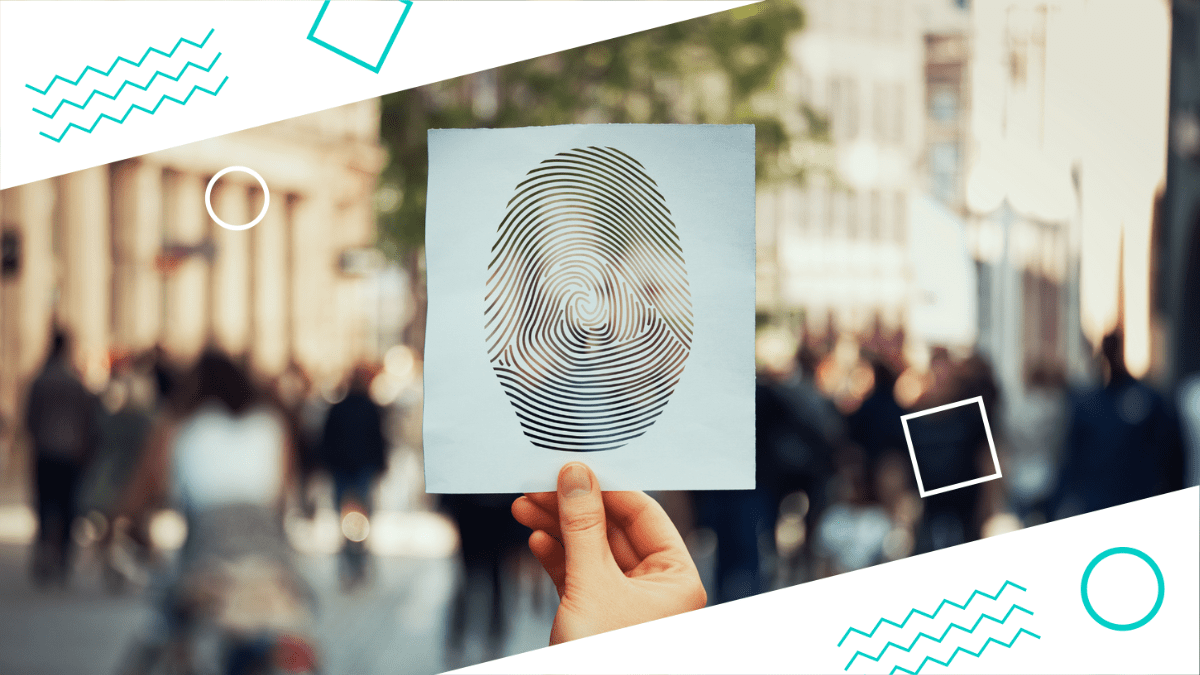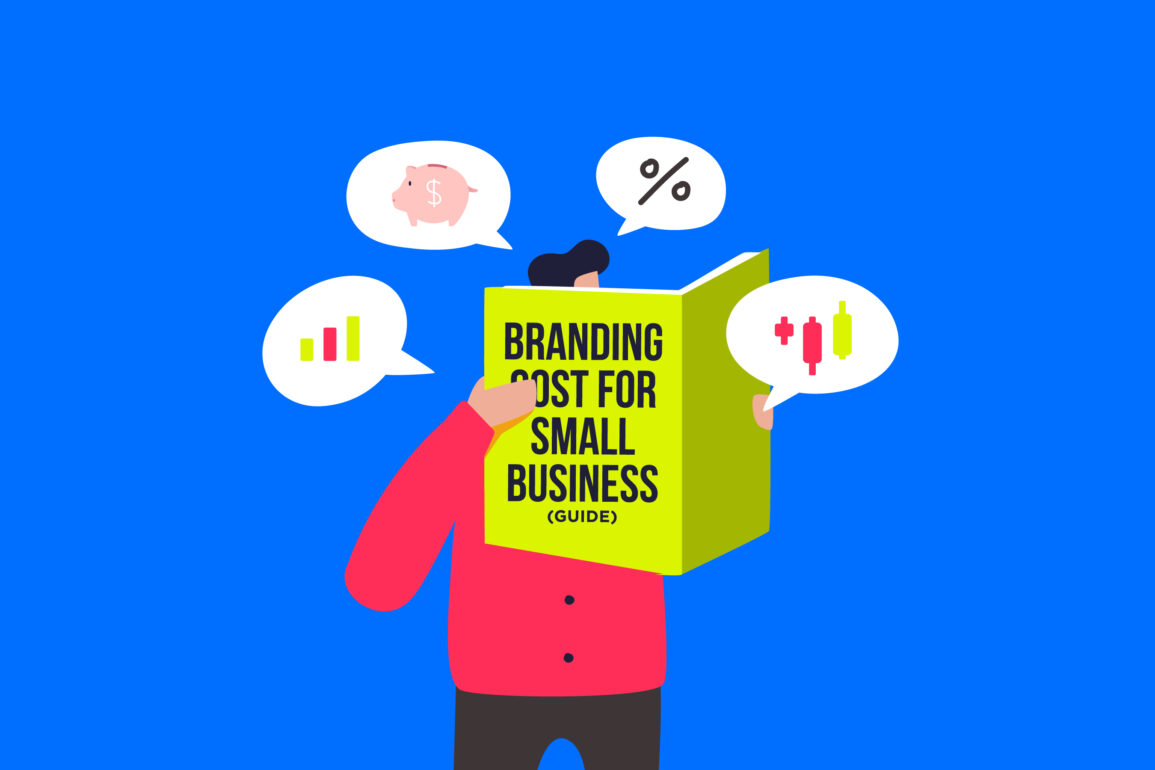How much does branding cost for small business? This question plagues many entrepreneurs, balancing the desire for a strong brand with budget constraints. Understanding the costs involved—from logo design and website development to marketing materials and ongoing maintenance—is crucial for effective planning. This guide breaks down the various factors influencing branding expenses, offering strategies to create a budget that aligns with your business goals and resources, ensuring a powerful brand identity without breaking the bank.
We’ll explore the fixed and variable costs associated with branding, examining the impact of business size and industry. We’ll compare DIY approaches with professional services, analyzing the price variations of logo design and other branding elements. We’ll also provide practical budgeting templates and explore cost-effective solutions, ultimately helping you make informed decisions to maximize your return on investment.
Defining Branding Costs for Small Businesses
Understanding the cost of branding for a small business is crucial for effective budgeting and strategic planning. Many factors influence the final price tag, ranging from initial design work to ongoing marketing efforts. A clear understanding of these components allows for informed decision-making and prevents unexpected financial burdens.
Branding Cost Components
The total cost of branding for a small business is a sum of various interconnected elements. These components often overlap and influence each other, making a comprehensive approach essential. For example, a poorly designed logo might necessitate more expensive marketing materials to compensate for its lack of impact. Conversely, a strong brand identity can reduce long-term marketing costs by enhancing brand recognition and customer loyalty.
Fixed Versus Variable Branding Costs
Branding costs can be categorized into fixed and variable expenses. Fixed costs represent one-time investments, while variable costs fluctuate depending on the business’s needs and marketing activities. This distinction helps in budgeting and resource allocation.
Examples of Common Branding Expenses
Several common expenses contribute significantly to the overall branding budget. These include:
- Logo Design: This foundational element establishes visual identity. Costs range from a few hundred dollars for basic designs to several thousand for complex, bespoke logos, including multiple variations and style guides.
- Website Development: A professional website is essential for online presence. Costs vary widely depending on complexity, features, and whether it’s custom-built or uses a template. Expect to pay anywhere from a few hundred to several thousand dollars.
- Marketing Materials: This encompasses business cards, brochures, social media graphics, and other printed or digital assets. Costs depend on quantity, quality, and design complexity. A small print run might cost a few hundred dollars, while a large-scale campaign could cost thousands.
- Brand Photography/Videography: High-quality visuals are crucial for conveying brand identity. Professional photoshoots and video production can range from a few hundred to tens of thousands of dollars depending on scope and talent.
- Branding Guidelines Document: A comprehensive guide ensures consistent brand application across all platforms. Creating this document involves defining brand voice, visual elements, and usage guidelines. The cost typically falls between a few hundred and a thousand dollars.
Hypothetical Branding Budget
The following table Artikels potential cost ranges for a hypothetical small business branding project. These figures are estimates and may vary depending on location, agency fees, and project scope.
| Branding Element | Cost Range |
|---|---|
| Logo Design | $500 – $3,000 |
| Website Development | $1,000 – $10,000 |
| Marketing Materials (initial set) | $500 – $2,000 |
| Brand Photography/Videography (basic) | $1,000 – $5,000 |
| Branding Guidelines Document | $500 – $1,000 |
| Total Estimated Cost | $3,500 – $21,000 |
Note: This budget is a guideline. Actual costs may vary significantly based on specific needs and chosen vendors. Prioritizing essential elements and gradually expanding branding efforts can help manage expenses effectively.
Factors Influencing Branding Costs
The cost of branding for a small business is highly variable, influenced by a complex interplay of factors. Understanding these factors is crucial for budgeting effectively and making informed decisions about your branding investment. This section will explore the key elements that determine the overall expense.
Business Size and Industry Impact on Branding Investment
The size of your business directly correlates with branding budget allocation. Larger businesses, with more complex operations and broader market reach, typically invest significantly more in branding than smaller startups. This is because larger businesses often require more extensive branding campaigns, encompassing a wider range of marketing materials and strategies. Industry also plays a critical role. Businesses in highly competitive industries, such as fashion or technology, often allocate a larger portion of their budget to branding to differentiate themselves and establish a strong market presence. Conversely, businesses in less competitive industries may find they can achieve their goals with a more modest branding investment. For example, a small, local bakery might invest primarily in a simple logo and local advertising, whereas a tech startup aiming for national recognition might require a much larger budget encompassing website development, social media marketing, and public relations.
DIY Branding versus Professional Branding Services: A Cost Comparison, How much does branding cost for small business
Choosing between DIY branding and hiring professionals significantly impacts costs. A DIY approach, while initially appealing due to its lower upfront cost, often requires significant time investment and may lack the expertise to create a truly effective brand. This can result in inconsistent messaging, a poorly designed logo, and ultimately, a less impactful brand. Hiring professionals, on the other hand, offers access to specialized skills and experience, leading to a more cohesive and strategically sound brand. While the initial investment is higher, professional branding can yield a greater return on investment in the long run by improving brand recognition, customer loyalty, and ultimately, profitability. The trade-off is time versus quality and long-term effectiveness. A small business owner might save money initially by designing their own logo, but a poorly designed logo can hinder growth and require costly revisions later.
Logo Design Cost Determinants
The cost of logo design varies considerably depending on several factors. The designer’s experience and reputation are key elements; established designers with a strong portfolio command higher fees than emerging designers. The complexity of the design also influences pricing. A simple, minimalist logo will generally cost less than a complex logo with intricate details and multiple variations. The scope of work, including revisions and file formats provided, also impacts the overall cost. A package that includes multiple logo variations, brand guidelines, and social media assets will naturally be more expensive than a single logo design. Finally, the designer’s location and payment structure (hourly rate versus project fee) can also affect the final cost. A designer in a major metropolitan area will likely charge more than one in a smaller city.
Branding Scope and Associated Expenses
The scope of your branding project directly correlates with the associated expenses. A comprehensive branding strategy encompassing logo design, brand guidelines, website development, marketing materials, and ongoing marketing campaigns will inevitably be more expensive than a project focused solely on logo design. For example, a small business might opt for a basic logo design and a simple website, while a larger company might invest in a complete brand overhaul, including market research, brand strategy development, visual identity creation, and ongoing marketing efforts. Careful planning and prioritization are essential to determine the appropriate scope for your budget and business goals. Focusing on the most impactful elements first can help maximize your return on investment.
Budgeting for Branding Initiatives

Developing a comprehensive budget is crucial for successful branding initiatives. A well-structured budget ensures that resources are allocated effectively, preventing overspending and maximizing the return on investment (ROI) for your small business. Without a clear budget, projects can easily spiral out of control, leading to compromised quality or unmet objectives.
Budgeting for branding requires a strategic approach, considering both immediate needs and long-term goals. It’s not just about allocating funds; it’s about prioritizing initiatives to achieve the greatest impact within your financial constraints. This involves a careful assessment of your business’s current financial situation, its branding objectives, and the various elements that contribute to a strong brand identity.
Sample Budget Template for Small Business Branding Projects
A well-organized budget template provides a clear overview of projected costs and allocated funds. This allows for easy tracking of expenses and facilitates informed decision-making throughout the branding process. The following table provides a sample template that can be adapted to suit specific project needs.
| Cost Category | Estimated Cost | Allocated Budget | Notes |
|---|---|---|---|
| Branding Strategy Development | $500 | $500 | Includes market research and brand positioning |
| Logo Design | $1000 | $1000 | Covers initial design concepts and revisions |
| Brand Guidelines Creation | $750 | $750 | Ensures consistent brand application across platforms |
| Website Design/Revamp | $2000 | $2000 | Includes design, development, and content |
| Marketing Materials (Brochures, etc.) | $500 | $500 | Print and/or digital materials |
| Contingency | $250 | $250 | Buffer for unforeseen expenses |
| Total | $5000 | $5000 |
Prioritizing Branding Elements Based on Budget Constraints
Prioritization is key when budget is limited. A small business should focus on the branding elements that deliver the highest impact for the investment. This often involves a phased approach, starting with the most fundamental aspects of brand identity.
For instance, a new business might prioritize logo design and brand guidelines before investing in extensive marketing materials. An established business might prioritize a website redesign to improve online presence and user experience before creating new print brochures.
A Step-by-Step Guide for Effective Resource Allocation
Effective resource allocation requires a structured approach. The following steps Artikel a process for maximizing the impact of your branding budget.
- Define Clear Objectives: Clearly articulate your branding goals and how they align with overall business objectives. What do you hope to achieve with your branding efforts? Increased brand awareness? Improved customer loyalty? Higher sales conversion rates?
- Identify Key Branding Elements: Determine the essential elements required to achieve your objectives. This might include logo design, brand voice, website, marketing materials, etc.
- Estimate Costs for Each Element: Research and obtain quotes from designers, developers, and other relevant professionals to estimate the cost of each branding element.
- Prioritize Based on ROI: Assess the potential return on investment for each element. Which elements will have the greatest impact on achieving your goals?
- Allocate Budget Accordingly: Allocate your budget based on the prioritized elements, ensuring sufficient funds for each crucial area.
- Track Expenses and Monitor Progress: Regularly track your expenses against the budget and monitor the progress of your branding initiatives to ensure you stay on track and make adjustments as needed.
Different Budgeting Approaches
Small businesses can employ various budgeting methods to manage their branding expenses. Two common approaches are the percentage-of-sales method and the fixed-budget method.
The percentage-of-sales method allocates a fixed percentage of projected sales revenue to branding activities. For example, a business might allocate 5% of its projected annual revenue to branding. This approach is simple but can be inflexible if sales projections are inaccurate.
The fixed-budget method allocates a predetermined amount to branding activities, regardless of sales fluctuations. This approach offers greater control and predictability but may limit spending if sales exceed expectations.
Finding Affordable Branding Solutions

Building a strong brand identity is crucial for small businesses, but the cost can be a significant hurdle. Fortunately, numerous strategies exist to achieve impactful branding without breaking the bank. This section explores practical approaches to finding cost-effective branding services and leveraging free resources to maximize your budget.
Finding affordable branding solutions requires a strategic approach that balances cost with quality. By understanding different pricing models, leveraging free tools, and carefully evaluating the value proposition of professional services, small businesses can create a compelling brand identity without excessive expenditure.
Pricing Models for Branding Services
Branding professionals typically offer services using either hourly rates or project-based fees. Hourly rates provide transparency but can lead to unpredictable total costs, especially for complex projects. Project-based fees offer a fixed price, providing budget certainty but potentially limiting the scope of work. A hybrid approach, combining a project-based fee with a defined number of revisions, can offer a balance between these two models. For example, a designer might charge $500 for a logo design including three revisions, offering clarity on the total cost while allowing for some flexibility.
Leveraging Free and Low-Cost Resources
Several free and low-cost tools and resources can significantly reduce branding costs. Free logo makers, like Canva, offer templates and design elements to create basic logos. However, these often lack the originality and professional polish of a custom design. Free stock photo websites, such as Unsplash and Pexels, provide high-quality images for marketing materials. Open-source fonts, readily available online, can complement your brand aesthetic without licensing fees. While these free resources can be valuable, remember they may require significant time investment to achieve professional results.
Cost Savings Through Strategic Planning
Careful planning can lead to significant cost savings. Defining a clear brand strategy before engaging professionals clarifies your needs, preventing costly revisions or scope creep. A well-defined brief allows designers and marketers to work efficiently, minimizing their time investment and ultimately reducing your costs. For instance, creating a detailed mood board with visual references and a comprehensive brand style guide helps ensure everyone is on the same page, reducing the need for extensive back-and-forth communication.
Professional Branding Services vs. Cheaper Alternatives
While DIY branding using free tools might seem appealing, investing in professional services often offers a greater return on investment. Professional designers and marketers possess expertise in creating a cohesive brand identity that resonates with your target audience and effectively communicates your value proposition. A professionally designed logo, for instance, can convey professionalism and trustworthiness, attracting more customers and potentially justifying the higher upfront cost. Conversely, a poorly designed logo might negatively impact your brand perception. The long-term benefits of professional branding typically outweigh the initial expense. Consider the potential increase in brand awareness, customer loyalty, and ultimately, revenue, when evaluating the value proposition.
Long-Term Branding Cost Considerations: How Much Does Branding Cost For Small Business

Building a strong brand for a small business isn’t a one-time expense; it’s a continuous investment requiring ongoing effort and resources. While the initial branding costs are significant, understanding and budgeting for long-term maintenance is crucial for realizing a sustained return on investment (ROI). Ignoring these ongoing costs can undermine the effectiveness of the initial branding efforts and ultimately hinder long-term growth.
Maintaining brand consistency and identity requires sustained investment. This includes consistent messaging across all platforms, regular updates to brand assets, and ongoing monitoring of brand perception. A successful brand isn’t static; it evolves and adapts to market changes and customer expectations, demanding ongoing refinement and strategic adjustments. This requires both financial and time commitment.
Ongoing Costs of Brand Maintenance
Maintaining a consistent brand identity involves several recurring expenses. These costs are essential to prevent brand dilution and ensure the continued effectiveness of the initial branding investment. Failing to allocate resources for these ongoing costs can lead to inconsistencies and damage the brand’s credibility.
- Website and Social Media Management: Regularly updating content, engaging with customers, and maintaining a consistent online presence requires dedicated time and resources, potentially involving hiring a social media manager or content creator.
- Marketing and Advertising: Sustaining brand awareness requires consistent marketing and advertising efforts. This might include paid social media campaigns, email marketing, or print advertising, all requiring ongoing budget allocation.
- Brand Asset Updates: Logos, color palettes, and brand guidelines might need occasional updates to stay current and relevant. This necessitates design fees and potential website redesign costs.
- Public Relations and Reputation Management: Monitoring online reviews, responding to customer feedback, and managing the brand’s reputation online requires time and resources. This may involve hiring a PR specialist or utilizing reputation management tools.
- Training and Employee Alignment: Ensuring all employees understand and consistently represent the brand’s values and messaging requires training and ongoing communication.
Return on Investment (ROI) of Strategic Branding
Strategic branding, while demanding upfront and ongoing investment, offers a significant return on investment for small businesses. A strong brand builds trust, loyalty, and ultimately, profitability. This ROI is not always immediately quantifiable but manifests over time through increased brand recognition, improved customer acquisition, and enhanced pricing power.
A well-defined brand can command premium pricing, leading to higher profit margins.
Examples of Effective Branding Contributing to Long-Term Growth
Several successful small businesses demonstrate the long-term benefits of strategic branding. Consider a local bakery that invested in a visually appealing logo, consistent packaging, and a strong online presence. This resulted in increased brand recognition, attracting new customers and enabling them to charge premium prices for their products. Similarly, a boutique clothing store with a unique brand identity cultivated a loyal customer base, resulting in repeat business and word-of-mouth referrals, significantly reducing reliance on expensive advertising.
Long-Term Cost-Benefit Analysis of Branding Investments
The following visual representation illustrates the long-term cost-benefit analysis of branding investments. Imagine a graph with time on the x-axis and financial value on the y-axis. The initial investment in branding (logo design, brand guidelines, website development) is represented by a steep initial upward curve. This is followed by a period of relatively lower costs (representing ongoing maintenance), but the revenue curve steadily increases over time, surpassing the cost curve significantly. The area between the revenue curve and the cost curve represents the cumulative ROI, growing exponentially over the long term. The initial investment acts as a foundation, with ongoing maintenance ensuring consistent brand presence and ultimately driving higher profits. The graph demonstrates that while initial costs are significant, the long-term returns far outweigh the initial investment.






